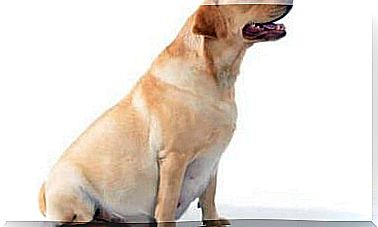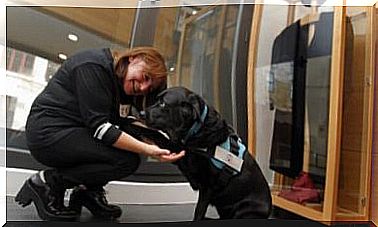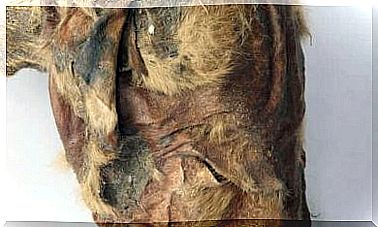Pupil Function In Dogs And Cats
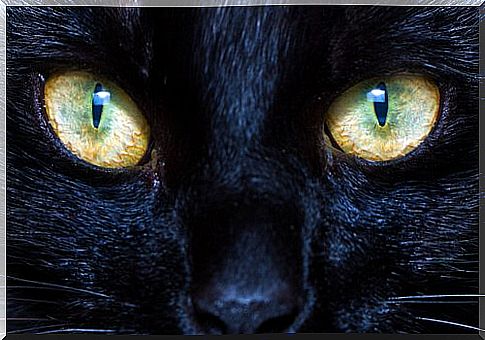
The functioning of the pupils of dogs and cats is very different from that of human pupils. Its characteristics, shape and capabilities never cease to amaze the scientific community day after day.
The fascinating pupils of cats
The predatory nature of cats is more related to the curious vertical shape of their pupils than you might think.
A study published in 2015 in the scientific journal Science Advances, analyzed the functioning of the pupils of predators that hunt at night, as cats usually do.

According to this study, the verticality of cats’ pupils helps them calculate the exact distance their prey is in environments where light is poor. This is because the method of hunting cats is based on the surprise effect.
This characteristic of their pupils is essential for calculating the heel height with which they will jump over their totally unprepared prey.
Predators who use this hunting method generally use two techniques to calculate how far away their prey is:
- Using a method known as stereopsis, the brain compares the distance between two images that are projected onto the retina of each eye. From the two-dimensional vision offered by our vision to the brain, it is able to combine the images to give rise to a single three-dimensional image.
- The following method allows animals to focus on a specific object, blurring those behind and in front of it.
The verticality of cat pupils plays an essential role in the stereopsis process, as the contours and depth of objects are best appreciated with this type of pupil. The pupils of their fangs, on the other hand, are usually horizontal.
Canine pupils, more like ours than you think
Both anatomically and functionally, dog pupils look a lot like those of humans: canine eyes are composed of the cornea, pupil, retina, cones and rods. But because of their location in the head, they have somewhat limited peripheral vision.
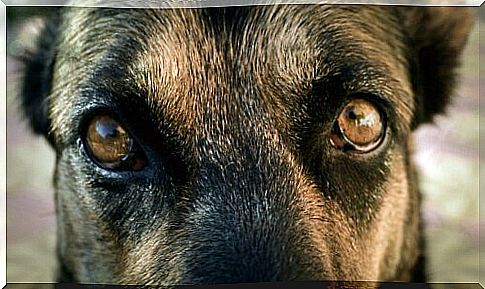
The pupil reacts to light of dogs in the same way as ours: once the light enters the cornea and reaches the pupil, it expands or contracts to control the amount of light entering the eye; then it allows it to pass to the retina for the image to be processed.
The main difference between canine vision and ours is the response of the retina to stimuli. While humans’ retinas have more cones than rods, dogs’ retinas work in reverse; which gives them better night vision.
The fact that dogs have fewer cones than rods unfortunately affects their ability to distinguish colors.
We have three different cone types that allow us to absorb different light waves and therefore detect more colors. With their cones, dogs are not able to detect colors like green, yellow or red.




